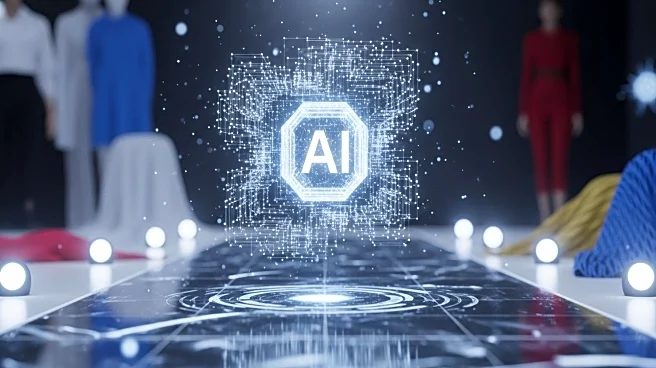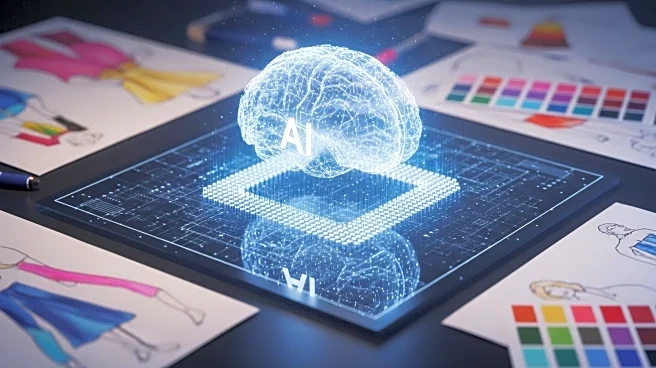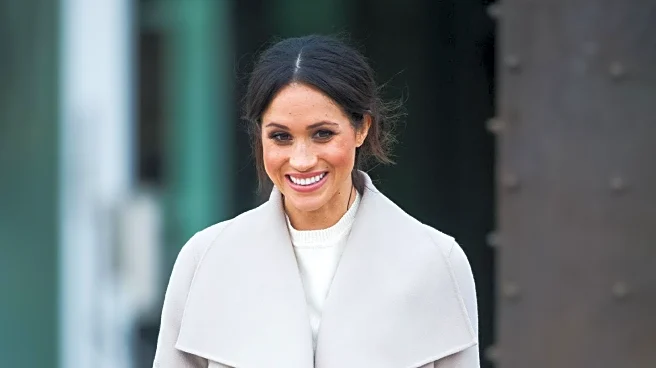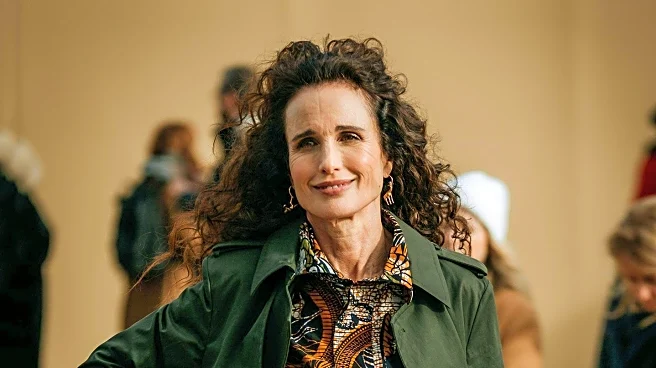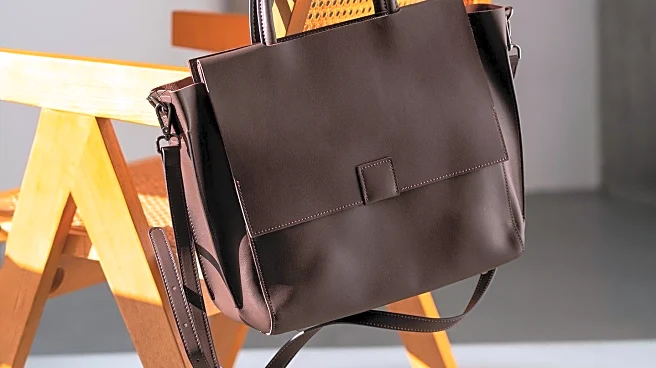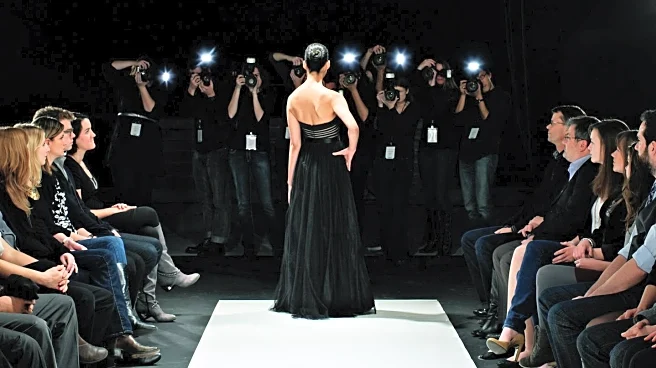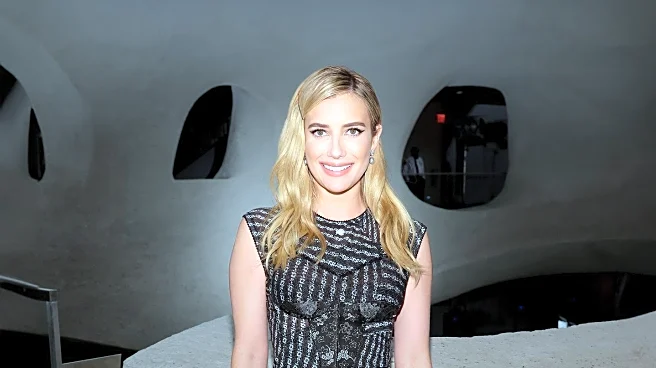What's Happening?
The fashion industry is increasingly relying on artificial intelligence (AI) to predict upcoming trends, transforming how fashion decisions are made. Traditionally, trend prediction was dominated by elite opinions from major runway shows in cities like New York and Paris. However, platforms such as TikTok, Instagram, and Pinterest have democratized trend dissemination, with over 40% of global consumers purchasing apparel through social media in 2024, according to Launchmetrics. AI is now being used to analyze vast amounts of data from runway shows and social media to forecast trends months in advance. Companies like Heuritech are employing AI algorithms to detect early signals of trends, such as dotted prints and the color yellow, which have appeared in recent fashion weeks. Despite AI's capabilities, human expertise remains crucial in ensuring the accuracy and commercial viability of these predictions.
Why It's Important?
The integration of AI in fashion trend prediction is significant as it enhances the industry's ability to respond swiftly to consumer preferences, potentially increasing sales and reducing waste. By accurately forecasting trends, retailers can optimize inventory levels, minimizing overproduction and unsold stock. This technological advancement also allows for personalized customer experiences, such as virtual try-ons, improving consumer satisfaction. The shift towards AI-driven predictions reflects broader changes in consumer behavior, where social media influences purchasing decisions. As AI continues to evolve, it could further revolutionize the fashion industry, making it more efficient and responsive to market demands.
What's Next?
As AI becomes more embedded in the fashion industry, companies may invest further in technology to refine prediction models and enhance customer experiences. This could lead to increased collaboration between tech firms and fashion brands, driving innovation in areas like virtual reality and augmented reality for fashion. Additionally, the industry might see a shift in workforce dynamics, with a growing demand for data scientists and AI specialists alongside traditional fashion roles. Stakeholders, including retailers and designers, will likely continue to explore AI's potential to stay competitive in a rapidly changing market.
Beyond the Headlines
The use of AI in fashion raises ethical considerations, particularly regarding data privacy and the potential for algorithmic bias. As AI systems rely on large datasets, ensuring consumer data protection is paramount. Moreover, the reliance on AI could impact creative processes, with concerns about homogenization of fashion trends. Balancing technological efficiency with artistic expression will be crucial for the industry's future.

